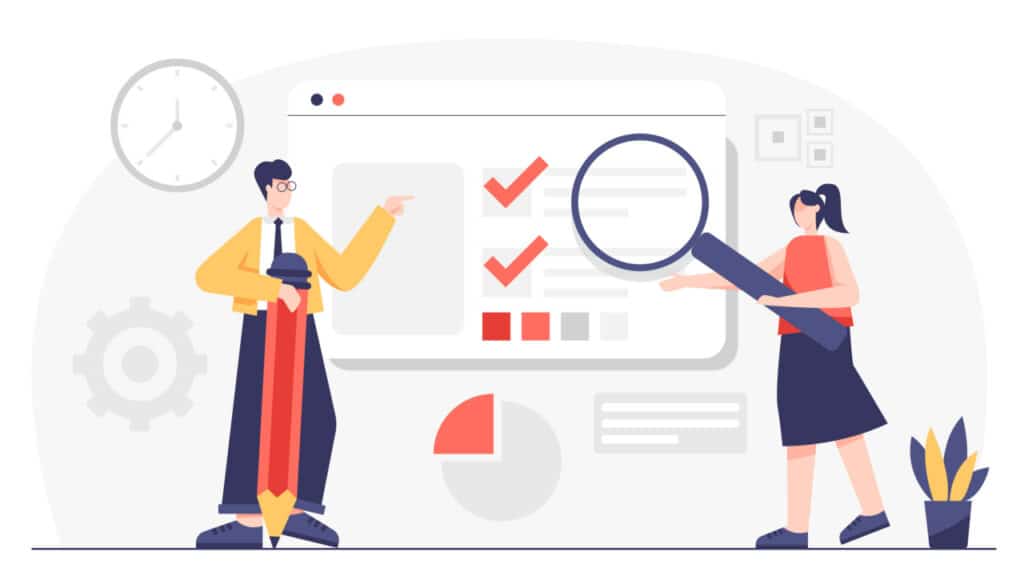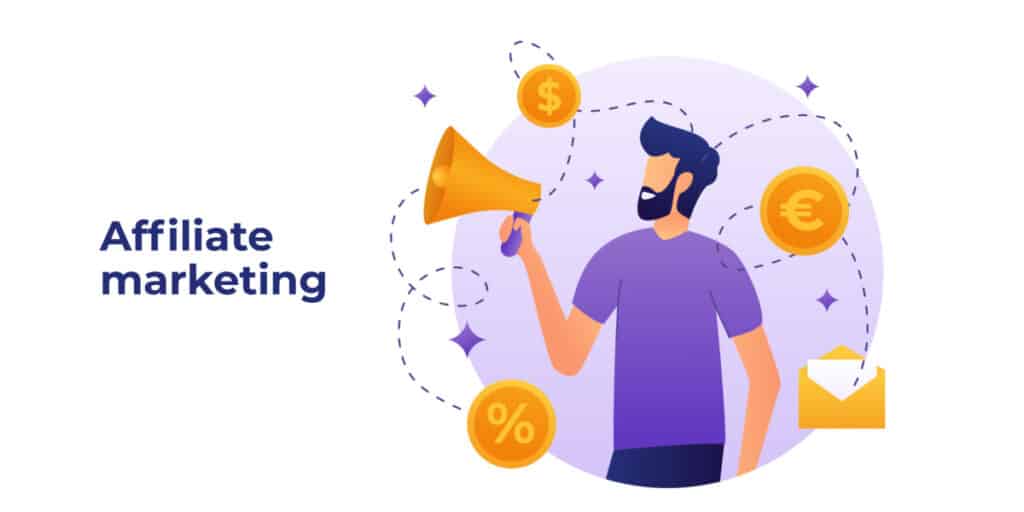Although several aspects work together to determine your SEO success, link development is crucial. Most marketers concentrate on creating high-quality backlinks and ignore internal links when developing a successful link-building plan.
Table of Contents
The binding agent holding the pages of your domain together is internal linking. It’s crucial to strive for an error-free internal link structure because of its importance, but this can be more difficult to achieve at the corporate level. Although your internal linking strategy is under your control, internal linking still has several difficulties, unlike external links.
The most frequent problems with internal links are shown below.
What are internal links?
Hyperlinks that lead from one page on a domain to another page on the same domain are known as internal links. As the name implies, internal links link pages on the same website together, indicating that the source and target domains are the same.
Different types of internal linkages are possible. Links to our content are welcome on your site, menu, post feed, etc. Links in context point website users to interesting and pertinent content. They make your website’s content more relevant to search engines. Search engines will give a page’s significance a higher ranking than other pages. You need quality internal links for your SEO.
Why do internal links matter?
Internal links are a crucial component of SEO since they aid in search engine’s understanding of your website’s organizational structure. Additionally, they help users navigate your website and discover the data they need.
Google has also stated that a vital ranking component is the internal link structure.
Therefore, you can lose out on significant search engine traffic if you ignore the internal links on your website.
Avoid Common Internal Linking Mistakes with Linkilo!
Are you adding too many links to your pages or overlooking relevant related pages? Tackle these issues and more with Linkilo, the ultimate internal linking tool. Boost your SEO performance, prevent penalties, and automate link suggestions—all in one place.
Start Your Risk-Free Trial! Supercharge your SEO with smart internal linking—Try Linkilo today!Internal linking mistakes to avoid
1. Not linking enough
It is important to link to relevant pages throughout your website when building internal links. Internal links help search engines understand the structure of your website and can help improve your overall SEO efforts. However, if you don’t link enough within your website, you could miss out on potential SEO benefits.
Insufficient links in the same way that having too many links might hurt your website. Not having enough links means losing out on essential ranking chances.
How to fix it
By linking to relevant pages throughout your website, you can ensure that search engines will be able to crawl and index your content easily. Additionally, you can help visitors navigate your website and find more of what they are looking for by linking more often. Ensure you regularly link to other relevant pages and posts on your website to get the most out of your internal linking efforts.
Plan out the structure of your internal links if you want to increase your crawl budget. It can point Google to your website’s most important pages and guarantee that every page is legible for both Googlebot and your site users.
2. Too many links in one paragraph
When it comes to internal linking, you need to be mindful of the number of links you include in a single paragraph. If there are too many links in one paragraph, it can look cluttered and unnatural to readers. Additionally, it can hurt your SEO value for each internal link, as too many links may devalue the link juice each link passes.
How to fix it
To avoid this mistake, try to limit the number of internal links in each paragraph to a maximum of two or three. Additionally, ensure the links are relevant to the content within the paragraph and link to high-quality pages that provide additional information related to the topic. Doing so will help maintain the flow of your content while providing helpful links to related pages.
3. Temporary links
In the same way, broken links impair the functionality of your website, and temporary links harm the overall linking structure. These links will ultimately result in a 404 error, indicating that your site needs to be fixed.
Furthermore, if the link expires quickly, it cannot be easy to access the data afterward. Google uses links to understand the file’s context, so your links will lose their value if this happens frequently.
How to fix it
If you are running a promotion or an affiliate program, replace it or use a temporary redirect like 307 to tell search engines that the URL is not permanent.
4. Having incorrect redirect roles
Create a thorough layout for the pages that include the keywords you want them to rank for. Find the pages that are appropriate for internal linking once you have this. The last resort is to complete the most crucial page and designate it as your landing page if you don’t have a clear path.
How to fix it?
Reduce the number of redirects as little as feasible. Make careful to eliminate any 302 redirects as soon as their purpose is fulfilled and the target URL is changed.
5. Broken links
One of the most common internal linking mistakes is ignoring broken links. Broken links can be frustrating for users, as they remove them from the content they were looking for. Also, broken links can create a bad user experience for visitors and lead to them leaving your website.
Regularly checking your internal links is important to ensure they are still working properly. You should also use redirects to lead users to the correct page if they click on a broken link.
How to fix it?
Regular website audits are the best defense against weak internal linkages. Run checks to find any incorrect or broken links, then fix them if necessary. You have two options for resolving these fractured links: either restore the original pages or redirect the broken links to an already-existing page.
6. Only linking to a homepage
When creating an internal linking strategy, it’s important to avoid over-linking to the homepage. While the homepage is a key page and should be linked, it’s important to also link to relevant inner pages.
This will help create a better user experience by providing additional information. It will also help with SEO efforts by providing search engines with a better understanding of the content of your website. Internal links can also help distribute link authority amongst important pages on your website, so it’s important to link to relevant inner pages.
How to fix it?
Find a topical authority for your start and start looking at which other pages you can link to and from.
7. Creating too many links on one page
One of the most common mistakes when it comes to internal link building is creating too many links on one page. This can hurt your SEO efforts, making your page seem cluttered and overwhelming to visitors.
Google’s John Mueller has also explained that too many internal links on the same page can dilute their value. To avoid this, ensure that all your links are relevant and necessary, and refrain from linking to every page on your website from the same page. Try to keep the number of links minimum and focus on quality over quantity.
Adding too many links to a page is a standard error by website owners and corporations. Too many page links might seriously hurt your page’s ranking. Your article will become spam if there are too many links. It can cause your page to drop in the SERPs. Because PageRank is distributed equally among links on a page, the more links you have, the less value the eventual page will receive.
How to fix it?
Use a link auditing tool to see how many links you have for each article. You can collect an average number and ensure that each page has similar links. Any pages with a link over 100 (including header & footer) are too much and should be limited.
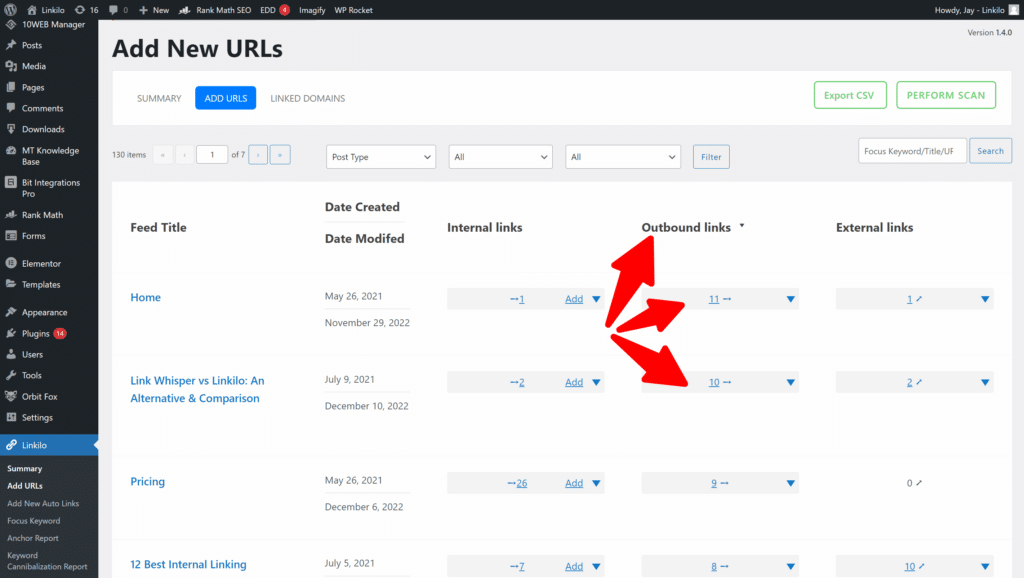
8. Overlooking orphaned pages
If consumers and search engines cannot access certain pages on your website, you must address the issue. The pages on your website with no internal inbound links are known as orphaned pages. This indicates that there aren’t any external links pointing to this page. Because search engines cannot identify orphan sites via links, orphan pages frequently go unindexed and never appear in search results.
There are landing pages that you might not want to point any links to and have people focus on providing their email to you, but the whole purpose of that page is to get them to that page. If you’re focusing on paid advertising to drive traffic and generate leads, then it’s okay. But when it comes to writing an article and not having any internal links, you do not have any related content.
How to fix it?
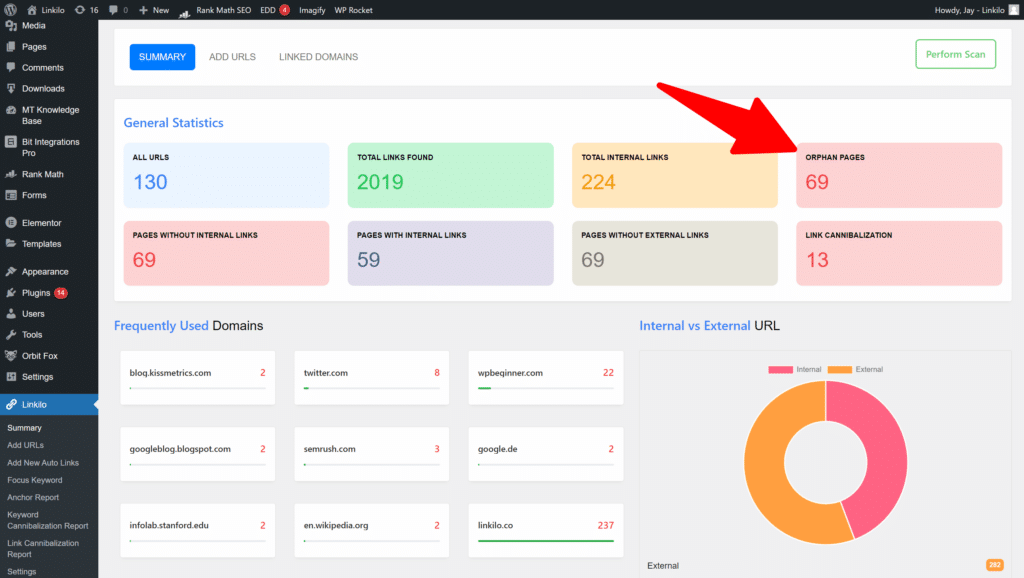
Check your website for pages that do not have internal links. Examine the content of those you find. If the page is essential and should be indexed, determine whether they are pertinent to any other pages on your website. If so, link these sites together to make them easier to find. If such pages serve a function, devise a method to index them. However, if you believe that the information on these orphan sites is useless, you should take the pages down from your website.
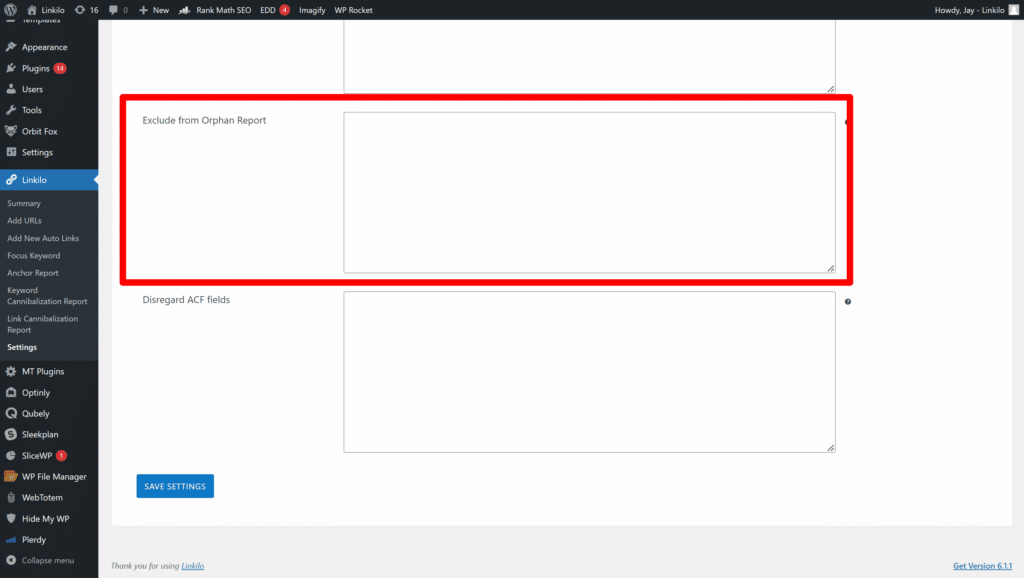
9. Using Nofollow for Internal Links
Internal links are placed to allow link juice to flow throughout your website. The nofollow property, however, instructs the search engine to stop crawling that link. What purpose does the internal link serve, then?
Note the nofollow attribute is for external links and not internal links. As a rule of thumb, you should always use dofollow internal links unless you specifically want to prevent search engines from following them. To increase the link juice on a page, consider using more contextual links and building silos within the site structure.
The nofollow property is appropriate in specific circumstances, such as when a form or picture gallery is involved. However, you are leaving far more on the table than what you are taking up if you employ the nofollow tag to force the bots to focus on a specific page.
How to fix it?
Look through your pages to identify links with the nofollow attribute applied. Check to see if there is a justification for using this tag. If not, eliminate the point because it reduces your link equity. To rapidly filter out links with these qualities without touching the code, use the SEO minion or other Chrome extension tools.
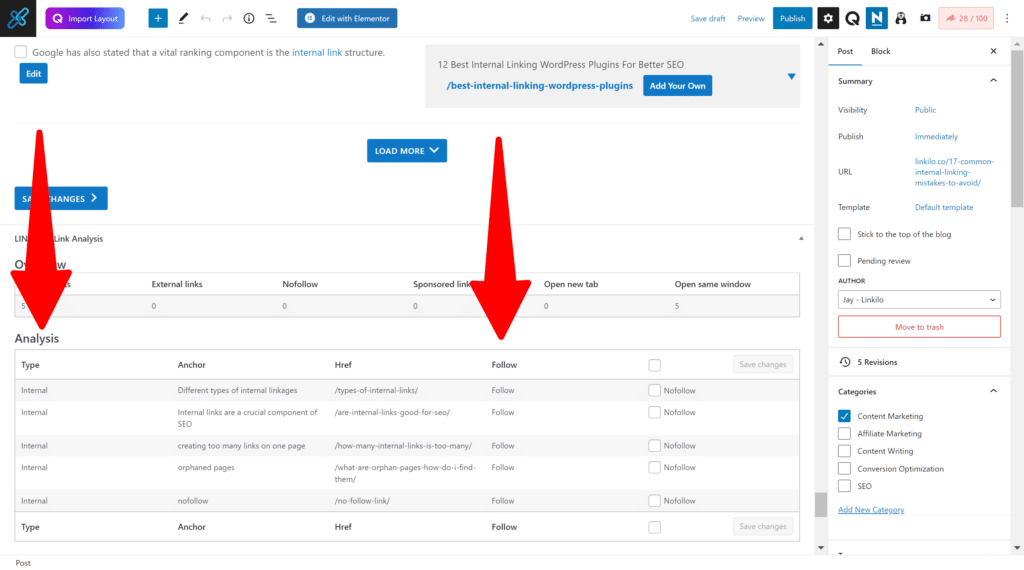
10. Internal linking via header tags
Headings on an article mean something. If there is the text just below a heading, it usually means that the heading applies to that section.
What an internal link does is to help understand the content of the link and the anchor text for a specific page.
So, why would you add a link to a heading that serves a purpose to search engines? The logic of having an internal link in an h2 tag does not make it better. You are telling search engines to crawl that link instead of the text below the heading. When headers assist search engines in figuring out what the page is about, why complicate its purpose? If you have no other option, only do that; otherwise, leave the titles alone.
How to fix it?
Don’t touch the headers. To include internal links, provide relevant text in the content block’s body.
11. Keyword stuffing links, for the sake of SEO
The term “keyword stuffing” is used in the context of SEO to describe the practice of cramming a webpage with so many keywords that it is difficult to read. One of the essential SEO tips is to avoid using too many keywords. What’s worse than that, though, is what? An abundant hyperlinked keyword. For search engine algorithms to blacklist a website, that’s two times too much.
How to fix it?
Links are for people; content is for people. Put people first, rather than trying to find every single anchor text and doing internal linking for the sake of SEO. Just keep in mind that you don’t want to alienate users or search engines by using keywords that aren’t appropriate for the context of each page.
12. Linking to a different page with the same anchor texts
If you have two different pages with similar intent, such as “best espresso machine under $100” and “best espresso machine under $200”, and you decide to use the anchor text “best espresso machine” for both of these pages, is called cannibalization. You’re telling search engines that these two are the same article and should rank for these terms.
Being more descriptive and giving more context to the page is better than trying to rank for a specific term. Or, you might’ve had 50 articles on your site, grew it to 1,000, and lost track of which anchor text you used. But clarifying anchor text like “most affordable espresso machines” would be better than trying to rank for “best espresso machine.”
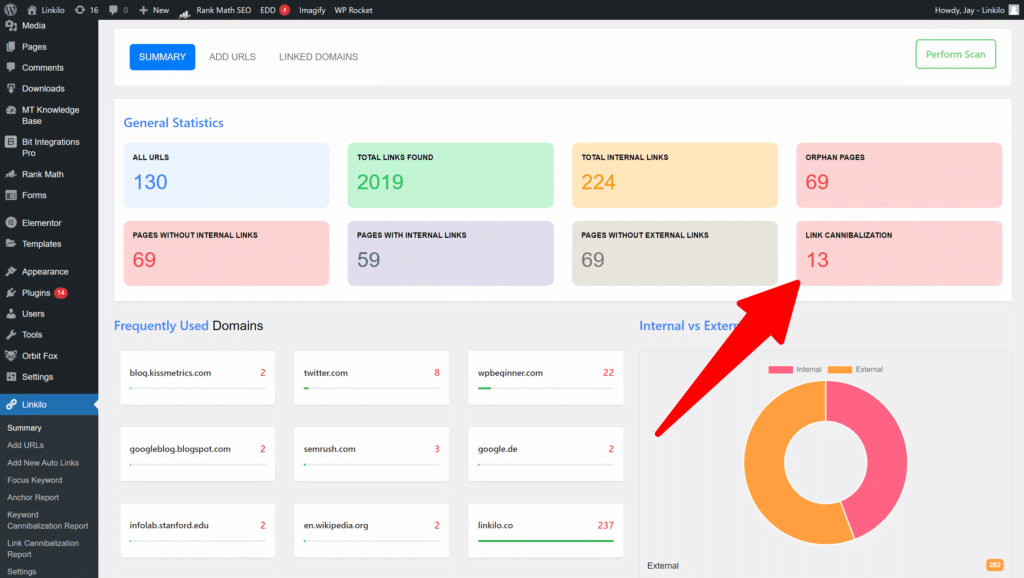
Create a thorough layout for the pages that include the keywords you want them to rank for. Find the pages that are appropriate for internal linking once you have this. The last resort is to complete the most crucial page and designate it as your landing page if you don’t have a clear path.
13. Not using descriptive anchor text
When creating internal links, it is important to use descriptive anchor texts for each link. Titles should accurately explain the content you are linking to and provide useful information for visitors. Descriptive anchor texts also help search engine crawlers better understand the context of your website, which can benefit your SEO efforts.
When making anchor texts, try to be concise and avoid using overly long phrases or convoluted descriptions. This will make it easier for visitors to identify the content quickly they’re looking for and help them find what they need faster. Anchor texts should be unique to each page and relevant to the content you are linking to so that visitors will know what to expect when they click on the link.
14. Overusing exact match anchor text
Too many “exact match” anchor texts can make your website appear spammy and unnatural. Yes, this is not just for link building but also internal links. Google recommends using short, descriptive anchor text, but this can be difficult to achieve without exact matches.
Exact match anchor text should be used sparingly and only when necessary. Overusing exact match anchor text can lead to Google algorithms viewing your website negatively, so it is important to be aware of this when creating links. Using partial match texts can help you avoid overusing exact match anchors.
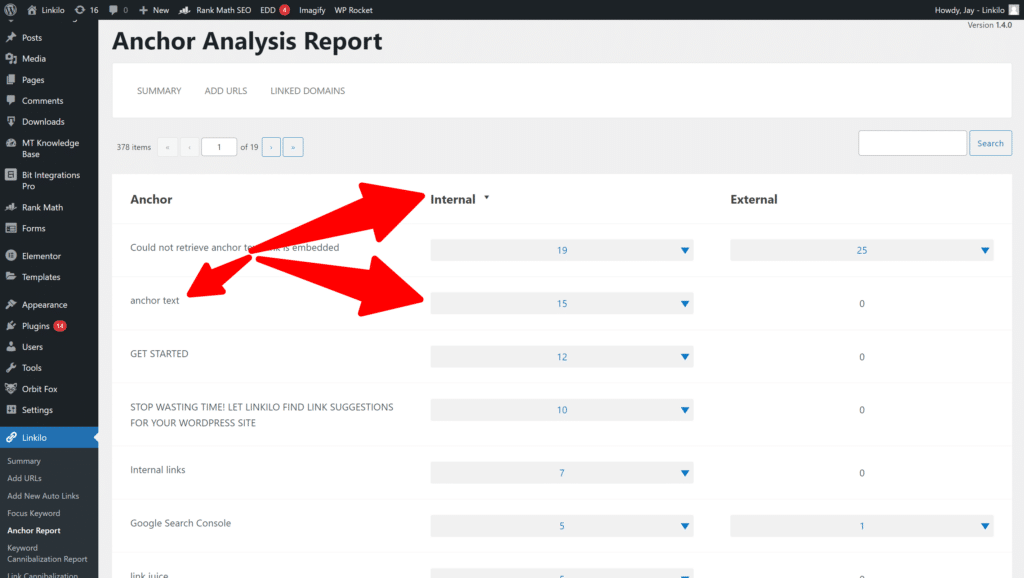
15. Using the same anchor text for all internal links
When it comes to internal linking, it is important to have a variety of anchor texts to provide context to search engine crawlers. Using the same anchor text for all internal links can be detrimental to your SEO efforts, as search engines will not understand what the link is about.
Also, using the same anchor text for all links can make your website seem repetitive and decrease ranking. To ensure that you are properly optimizing your internal links, ensure each link has descriptive anchor text relevant to the page.
So, vary the anchor text you use so that you are not overusing the same keyword or phrase for all your links. This will help search engine crawlers understand what each link is about and result in higher rankings.
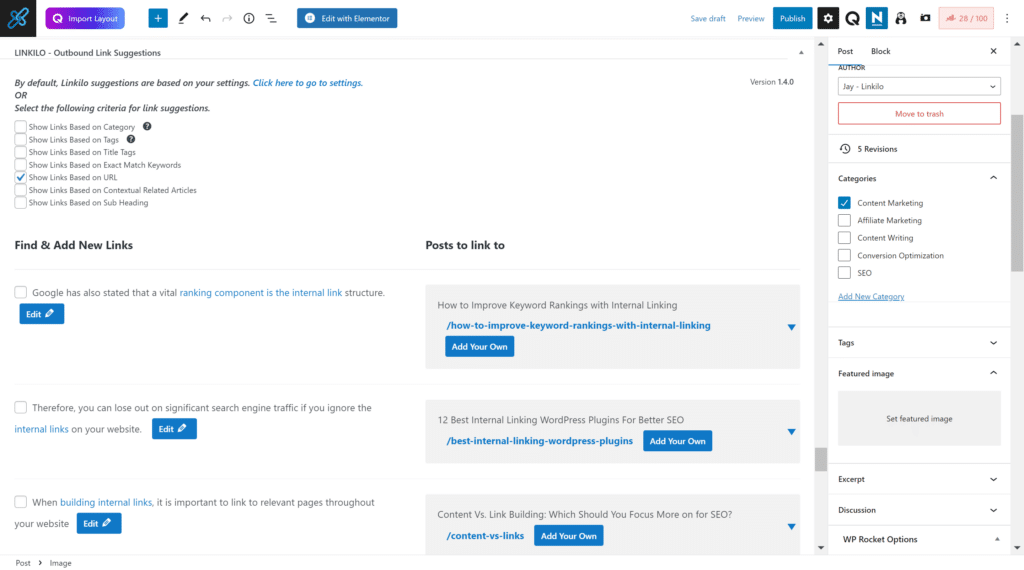
16. Linking to irrelevant pages
When creating internal links, it’s important to make sure the page you’re linking to is relevant to the content of the page you’re linking from. This can be achieved by performing keyword research and understanding the topics associated with each page. It should not be included if a link does not contribute to the page’s overall user experience and content.
Additionally, avoid linking to pages that are outdated or no longer exist, as this can damage your SEO efforts. Ensuring that all internal links are relevant and point to up-to-date pages can improve user experience and help your pages rank better in search engine results.
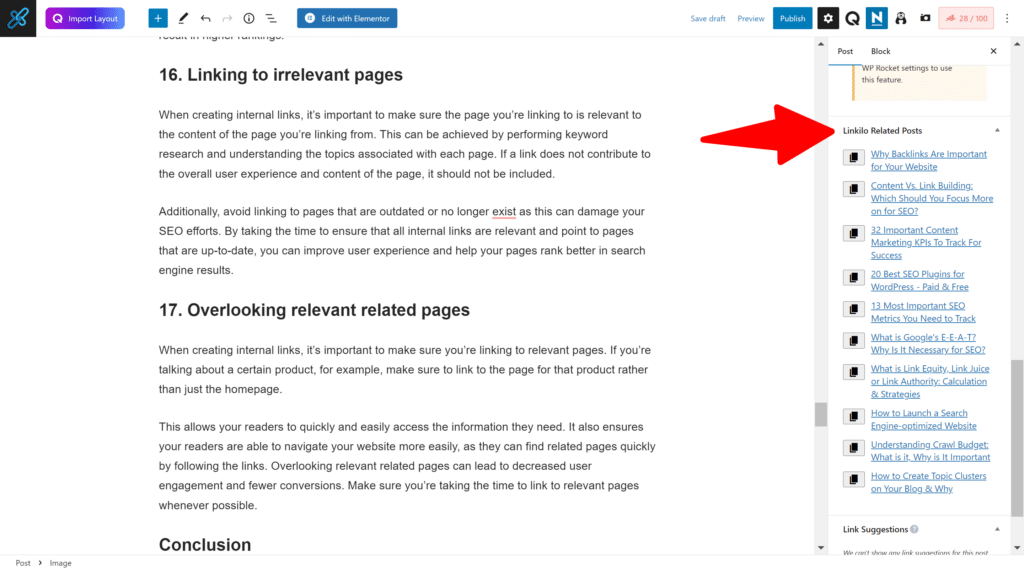
17. Overlooking relevant related pages
You must ensure you’re linking to relevant pages when creating internal links. If you’re talking about a certain product, for example, make sure to link to the page for that product rather than just the homepage.
This allows your readers to quickly and easily access the information they need. It also ensures your readers can navigate your website more easily, as they can find related pages quickly by following the links. Overlooking relevant related pages can lead to decreased user engagement and fewer conversions. Ensure you’re taking the time to link to relevant pages whenever possible.
18. Linking one page more than once
This is aligned with having too many links on a page, keyword stuffing, and providing users with the best experience possible. There’s a whole science regarding redundancy, depleting users’ intentions, and wasting their time having to click a link and see that the same page appears repeatedly.
The first question Cutts addressed was how PageRank flows when there many internal links to the same target. According to Cutts, under this circumstance, each link is processed independently, just like every other link on the page.
This implies that the target would acquire the PageRank from both. This simple technique benefits web designers and marketers because it eliminates canonical difficulties caused by many links to the same target on the same page.
The anchor text may change over time. Matt stated that the last time he checked, in 2009, they only counted the anchor text from the first link. However, he stated that this might alter over time; it may not function that way right now.
Conclusion
Internal linking issues can occur in various ways, including resolving redirect chains, repairing broken links, and maintaining contextual relevance. You may witness significant increases in your SEO score, Google rankings, and user traffic with the aid of proper internal linking and the right SEO tactics that may audit your linking structure, and you’ll be able to offer a positive user and search engine experience. It’s your chance to take advantage of internal linking now.
Revolutionize Your Internal Linking Strategy with Linkilo!
Internal linking is a critical aspect of your website’s success. Improve user experience, drive organic traffic, and avoid common mistakes with Linkilo’s innovative features. With detailed reports, anchor analysis, and meaningful link suggestions, Linkilo empowers you to take control of your linking strategy.
Maximize Your SEO with Linkilo! Don’t miss out—Elevate your website’s performance now!



